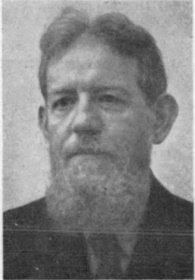Venue
The conference will be held at the Faculty of Law, University of Ljubljana (Poljanski nasip 2, 1000 Ljubljana). Situated in the heart of Ljubljana, the venue is conveniently located just steps away from the Ljubljanica River, the local market and the iconic Dragon Bridge, symbolizing the city's mythical ties to dragons.
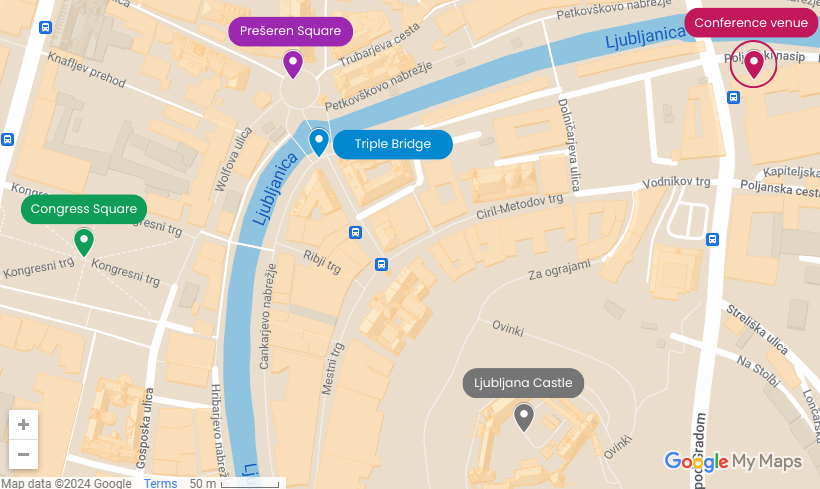
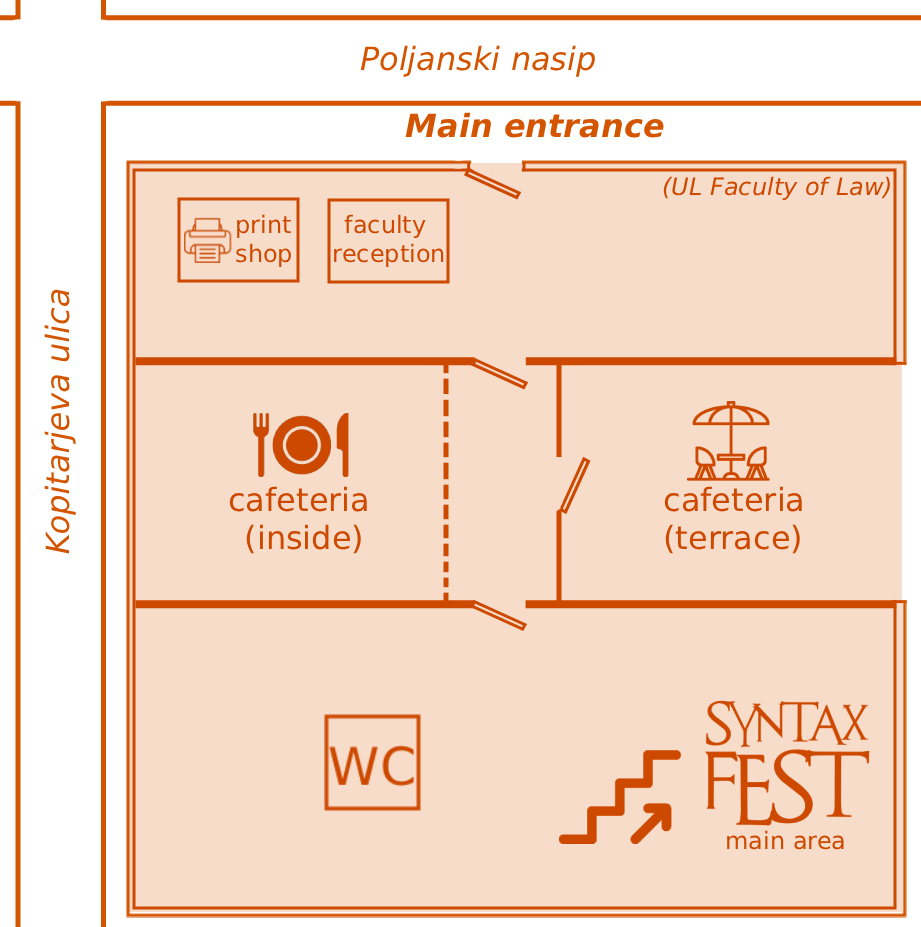
The conference venue is only a 5-minute walk from Prešeren Square and a 10-minute walk from Ljubljana's main railway station.
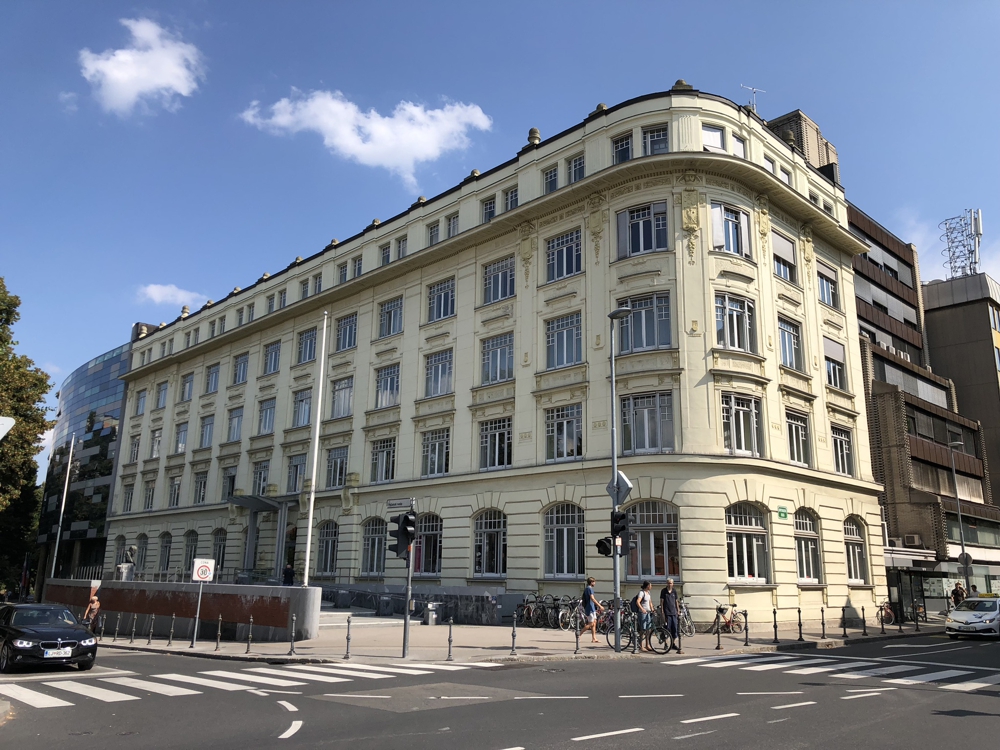
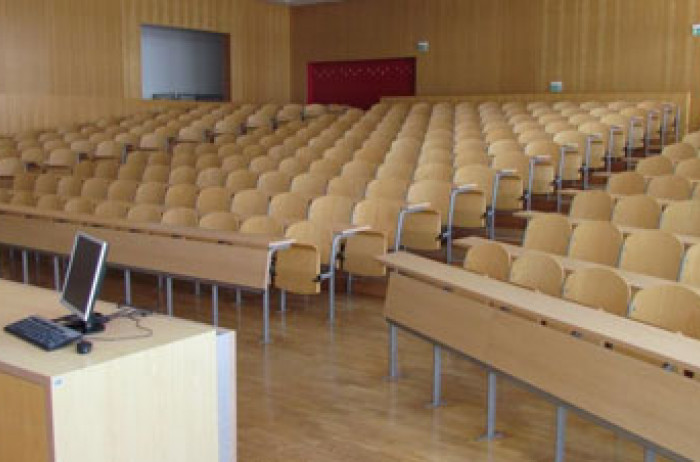
About Ljubljana
Nestled in Central Europe between the Alps and the Adriatic Sea, Ljubljana combines the conveniences of a modern capital with the charm and friendliness of a small town. Although it is Slovenia's capital and largest city, its compact size makes getting around by bus or bike effortless. Whether you're a history lover, a foodie, an art fan, or an outdoor enthusiast, Ljubljana has something for everyone. The picturesque car-free city center boasts many unique sights like the Ljubljana Castle, the Triple Bridge, and the Dragon Bridge. Its surrounding landscapes, rich in natural beauty and cultural treasures, are famous for their walking, hiking, and cycling trails, as well as their diverse culinary experiences. For more information on Ljubljana, please see the official webpage of Ljubljana Tourism.
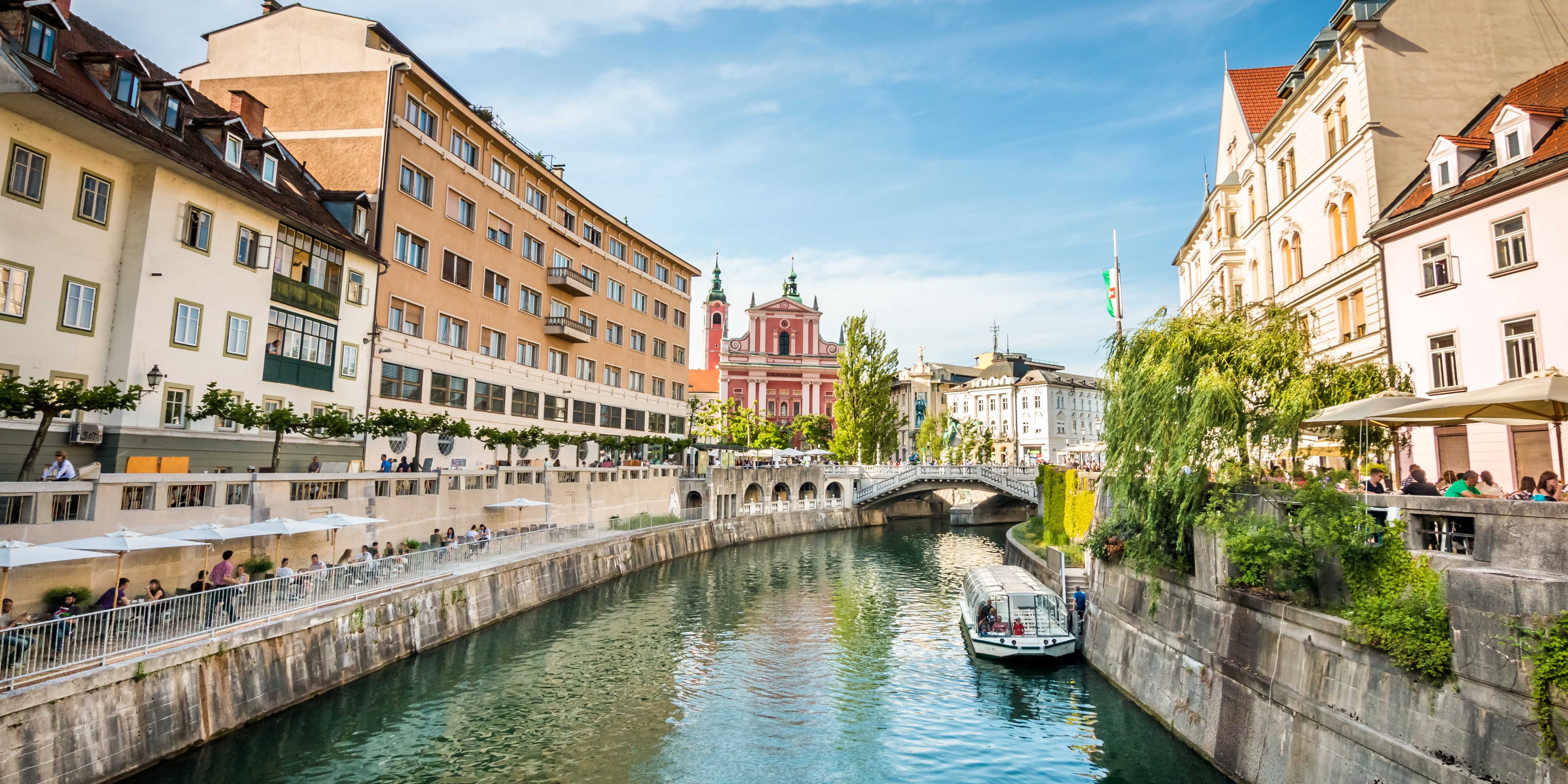
.jpg)
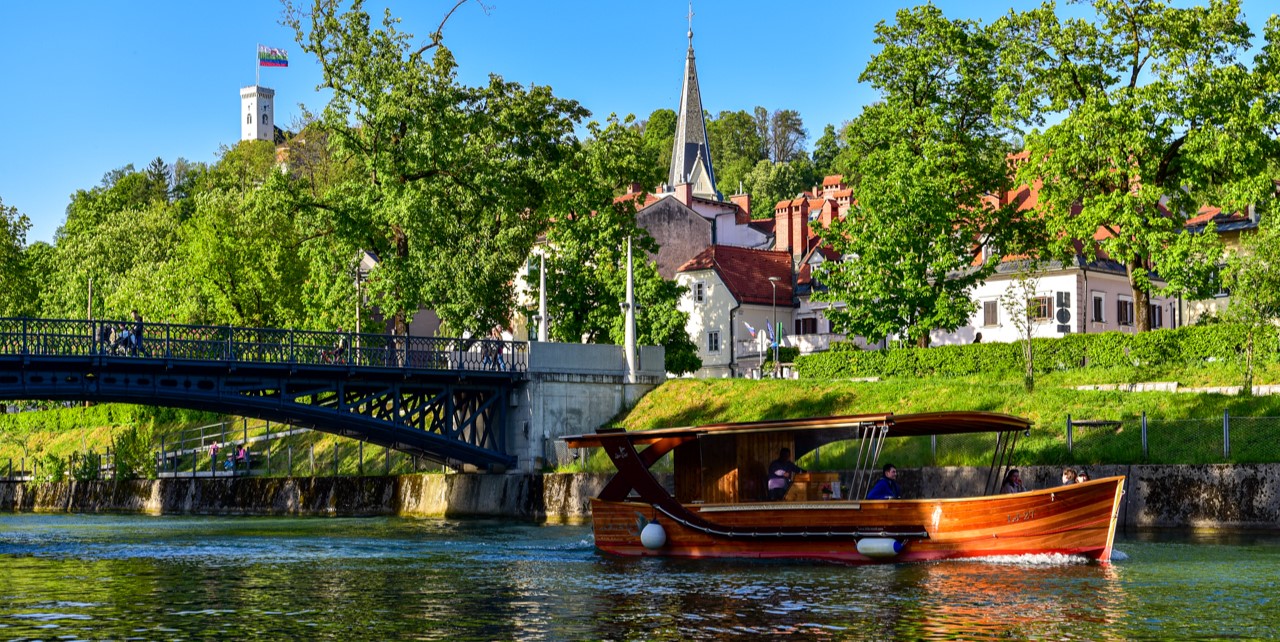
Lucien Tesnière and Ljubljana
